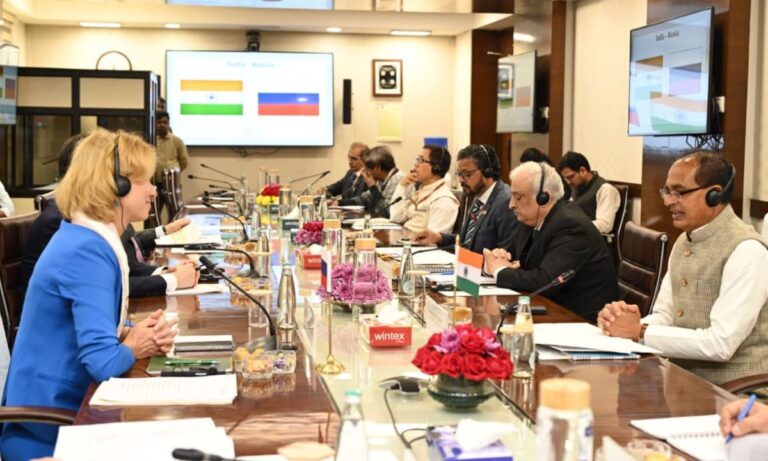
Addressing India's Flood Challenges: A Comprehensive Approach to Flood Management
India is a nation that grapples with the recurring challenges of floods and droughts, particularly during the monsoon season. The impact of floods is devastating, leading to loss of life, property damage, displacement of people, environmental degradation, and economic losses. In this article, we explore the causes and impacts of floods in India and present a comprehensive set of solutions for effective flood management.
Table of Contents
Causes of Floods in India
- Heavy Rainfall: The monsoon season brings intense and erratic rainfall to different regions, often overwhelming the soil’s capacity to absorb water or the drainage system to carry away excess water. This results in flooding of low-lying areas and urban regions.
- Snowmelt: Rising temperatures cause snow and glaciers in the mountains to melt, leading to increased water flow downstream and potential floods in the lower regions.
- Cyclones and Storms: Weather events such as cyclones and storms along the coastal areas can cause storm surges, leading to coastal flooding in vulnerable regions.
- River Overflow: Excessive inflow from upstream or reduced outflow downstream can cause rivers to overflow, resulting in floods. Factors like heavy rainfall, snowmelt, cyclones, dams, and siltation contribute to river overflow.
Impacts of Floods in India
- Loss of Life: Floods lead to fatalities due to drowning, injuries, infections, and electrocution. On average, floods claim around 1,600 lives annually in India.
- Damage to Property: Floods cause extensive damage to houses, infrastructure, crops, and public utilities, with an annual cost of around Rs 1,805 crore.
- Displacement of People: Flooding forces people to leave their homes and seek shelter elsewhere, creating humanitarian crises and disrupting lives and livelihoods.
- Environmental Degradation: Floods erode soil, alter natural habitats, pollute water sources, and increase the risk of landslides and epidemics, affecting the ecological balance of rivers and wetlands.
- Economic Losses: Floods negatively impact India’s economy by reducing agricultural output, disrupting industrial production, affecting trade and commerce, and increasing expenses for relief and rehabilitation. Annually, floods cost India around $14 billion in direct losses.
Solutions for Flood Management in India
- Structural Measures: a. Storage Reservoirs: Building artificial reservoirs to store excess water during high-flow periods and release it during low-flow periods to regulate flood peaks and meet water demands. b. Embankments: Constructing raised structures along riverbanks to contain water within channels and protect adjacent areas from flooding. c. Diversions: Creating structures to divert excess water to less vulnerable regions or storage reservoirs to reduce the impact of floods.
- Non-Structural Measures:
- Flood Forecasting and Warning: Implementing systems that provide advance estimates of approaching floods to facilitate timely evacuations and coordination of relief efforts.
- Flood Plain Zoning: Regulating land use in flood-prone areas based on vulnerability and suitability to minimize exposure and damage to settlements and infrastructure.
- Flood Insurance: Offering flood insurance to individuals and groups to provide compensation for losses and encourage risk reduction measures.
- Flood Awareness and Education: Conducting awareness campaigns and training programs to enhance preparedness and response capacity among communities and stakeholders.
Way Forward
Addressing India’s flood challenges requires a comprehensive approach that combines both structural and non-structural measures. A mix of grey (structural), blue (water bodies), and green (natural ecosystems) infrastructure should be considered for effective flood management. A river basin approach should be adopted to ensure integrated and sustainable management of water resources while also safeguarding the environment.
Furthermore, changing mindsets is crucial, and floodwaters should be seen as a valuable resource to be conserved for future use and water security. Upgrading the hydro-infrastructure in the country will equip India with the tools to manage increased variabilities and mitigate flood risks effectively.
In conclusion, by adopting a holistic approach and implementing a combination of measures, India can better tackle the challenges posed by floods, reduce the impact on lives and the economy, and build resilience against future flood events.
Click To Know: Area Liable to Floods






